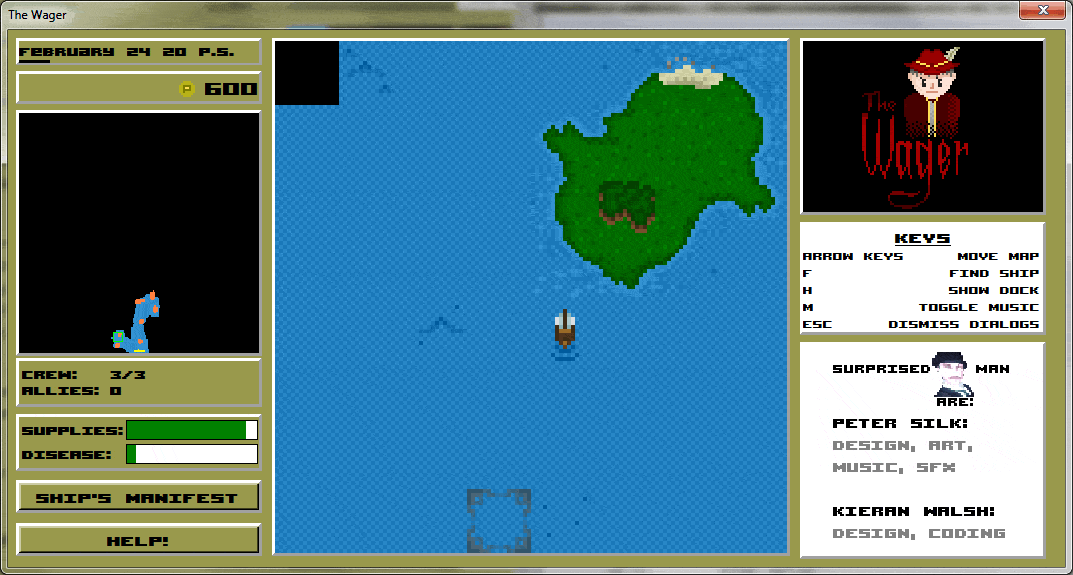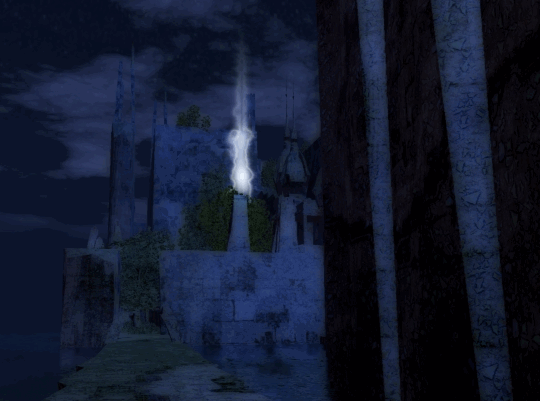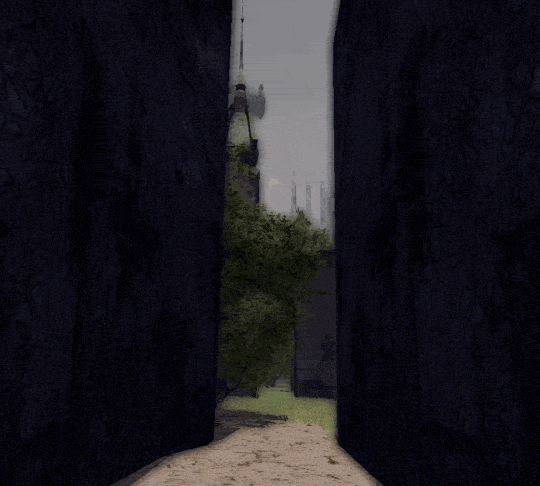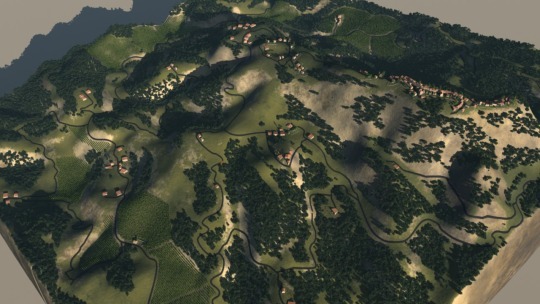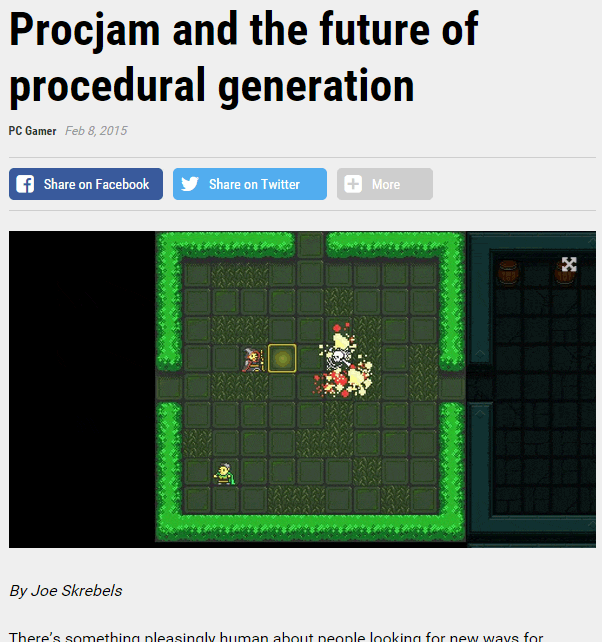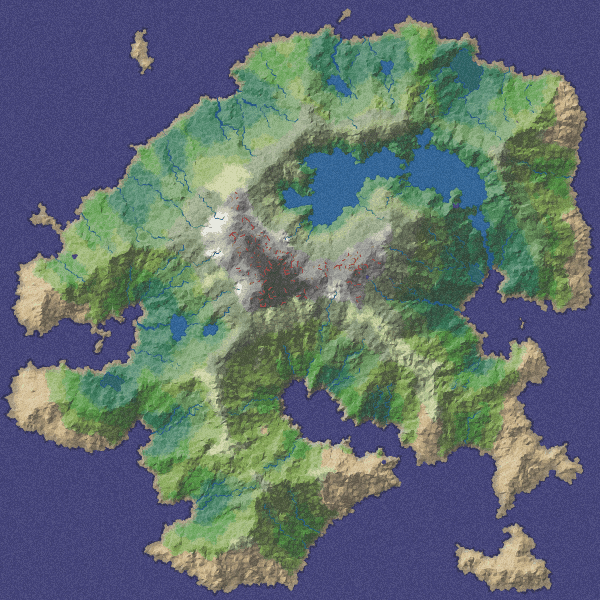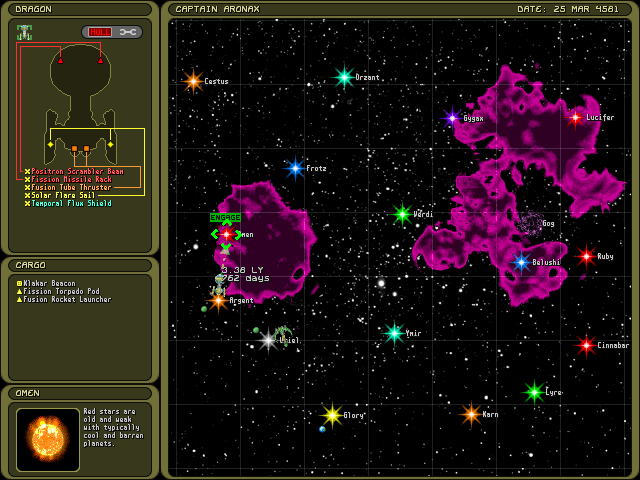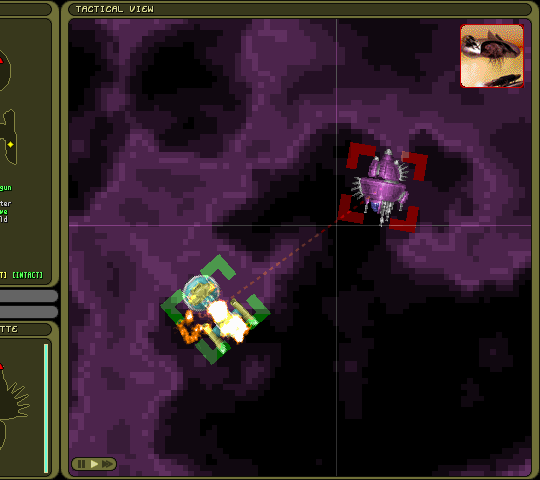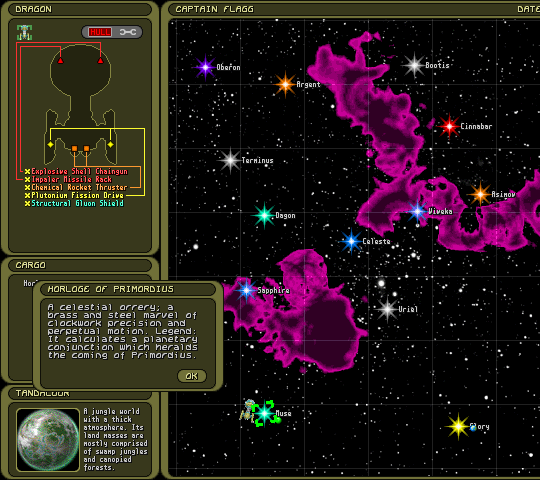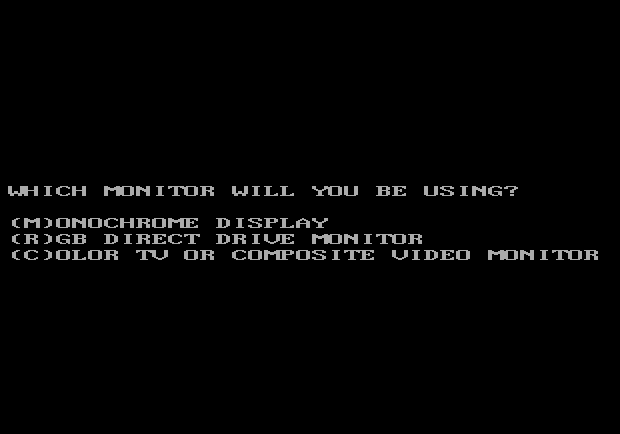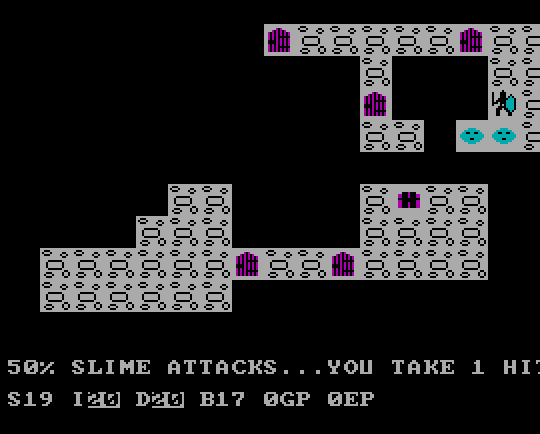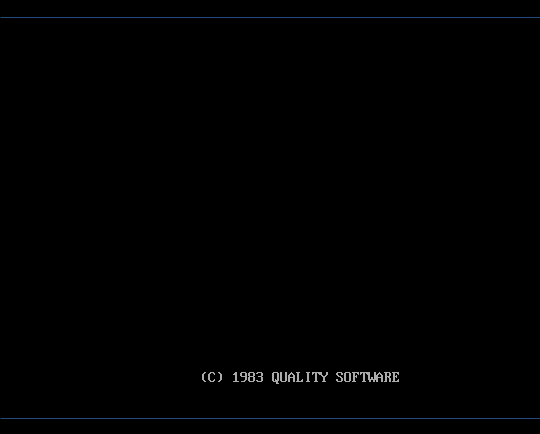The demoscene is a computer art subculture that has its roots in the elaborate intros created by crackers in the early days of commercial software, and evolved into programs specifically created to show off the most awesome graphical effects that can be crammed into as small a filesize as possible.
The demo above, “The Timeless” by Mercury, fits into 64K, roughly the size of the original Elite. It took 1st place in the 64K category at Revision 2014.
There’s a long history of procedural generation in the demoscene: when file size is so tightly constrained, the demos quickly became optimized for maximum output from minimum input.

